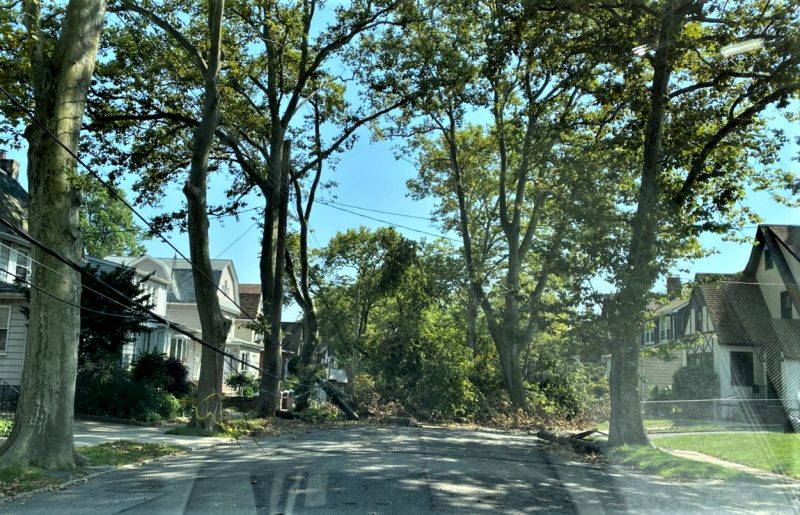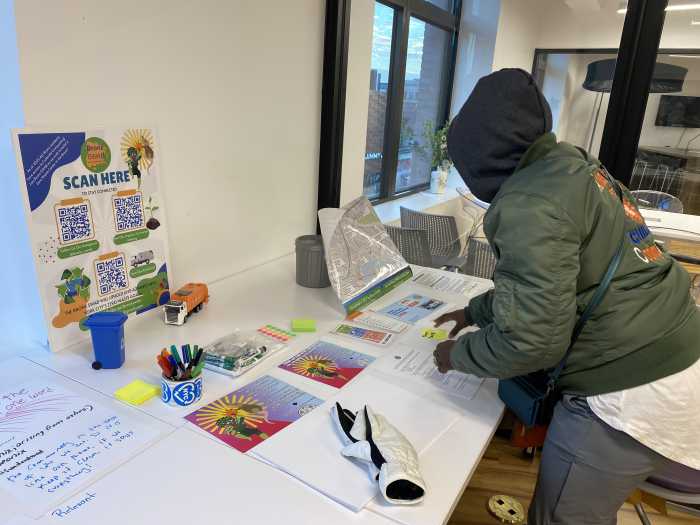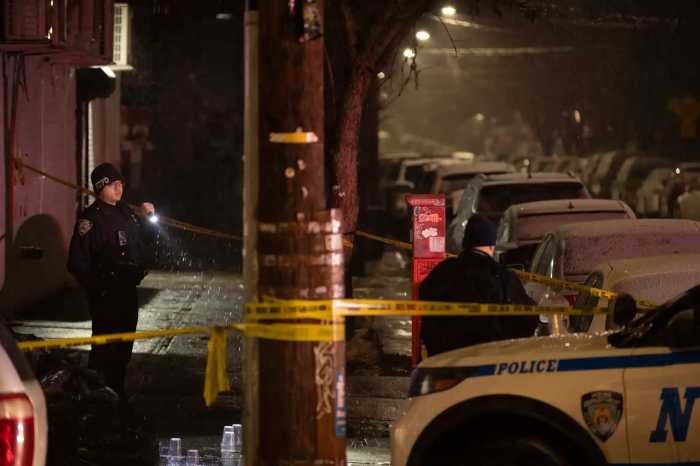Tens of thousands of Queens residents were left in the dark for days after Tropical Storm Isaias and four city councilmembers want to make sure that never happens again.
City Councilmembers Paul Vallone (D-Alley Pond Park, Bay Terrace, Bayside, College Point, Douglaston, East Elmhurst, Flushing, Fresh Meadows, Little Neck and Whitestone), Adrienne Adams (D-Jamaica, Richmond Hill, Rochdale Village, South Ozone Park), Justin Brannan (D-Brooklyn) and Robert Holden (D-Glendale, Maspeth, Middle Village, Ridgewood, Woodhaven, Woodside) announced Monday that they are calling for the city council to hold emergency hearings to discuss the failures and weaknesses in the emergency response to Isaias by the city and electricity provider Con Edison to damage and mass power outages that for some have lasted nearly a week.
The slow response time to fix the power outages and clear downed trees further exposed flaws in the city’s emergency preparedness and infrastructure revealed years ago by Hurricane Sandy, specifically in the outer boroughs, they said, and it’s time to fix them.
“It’s more apparent than ever that we need accountability and reform,” said Vallone. “When it comes to a future natural disaster in our city, it’s not a matter of ‘if,’ but ‘when.’ We must improve our city’s emergency response now.”
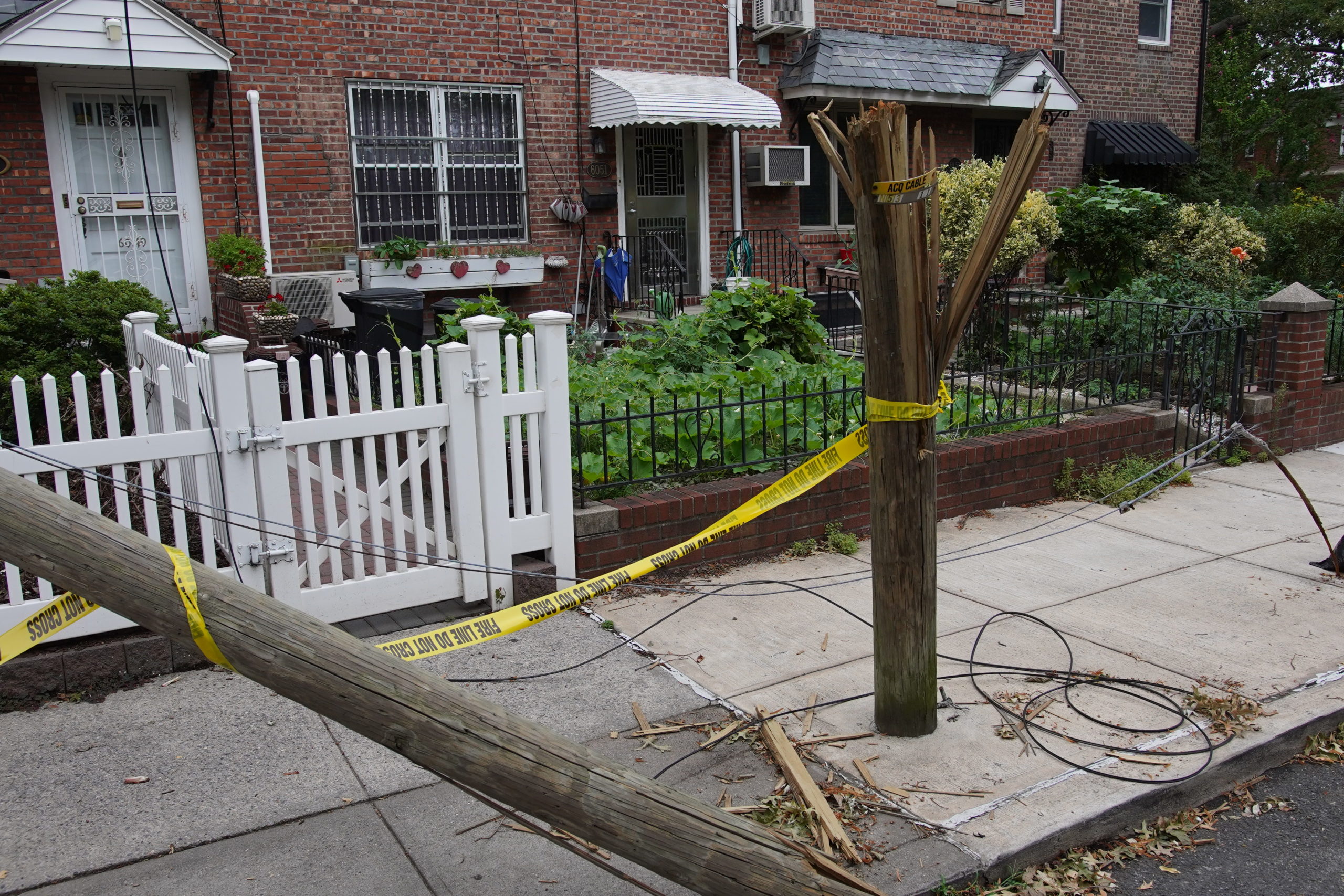
Isaias tore through New York City last week on Tuesday afternoon. It was brief but damaging downing branches, trees, and power lines in its wake and leading to massive power outages throughout the borough. Twenty-four hours after the storm, over 46,000 customers in Queens were without power –– the most out of any borough. Tens of thousands would remain without power throughout the week and the weekend.
As of 8 p.m. on Monday evening, nearly a week after the storm, 4,255 customers in Queens were still sitting in the dark.
The storm and its aftermath showed how ill prepared and uncoordinated the city is to handle situations such as this past week, said Vallone who also introduced three bills on Monday in an effort to reform the city’s response to situations like the one caused by Isaias.
“We understood that this storm brought stronger winds than anticipated, and that it would take time for power to be restored. Six days later, we have been more than understanding, and our patience has worn out,” he said.
Part of the problem is aging infrastructure, said Holden. Queens and many of the outer boroughs have above ground electrical wires, and old utility poles. Much of the damage would be preventable if the city would upgrade infrastructure in the outer boroughs and put the electrical lines underground, he said.
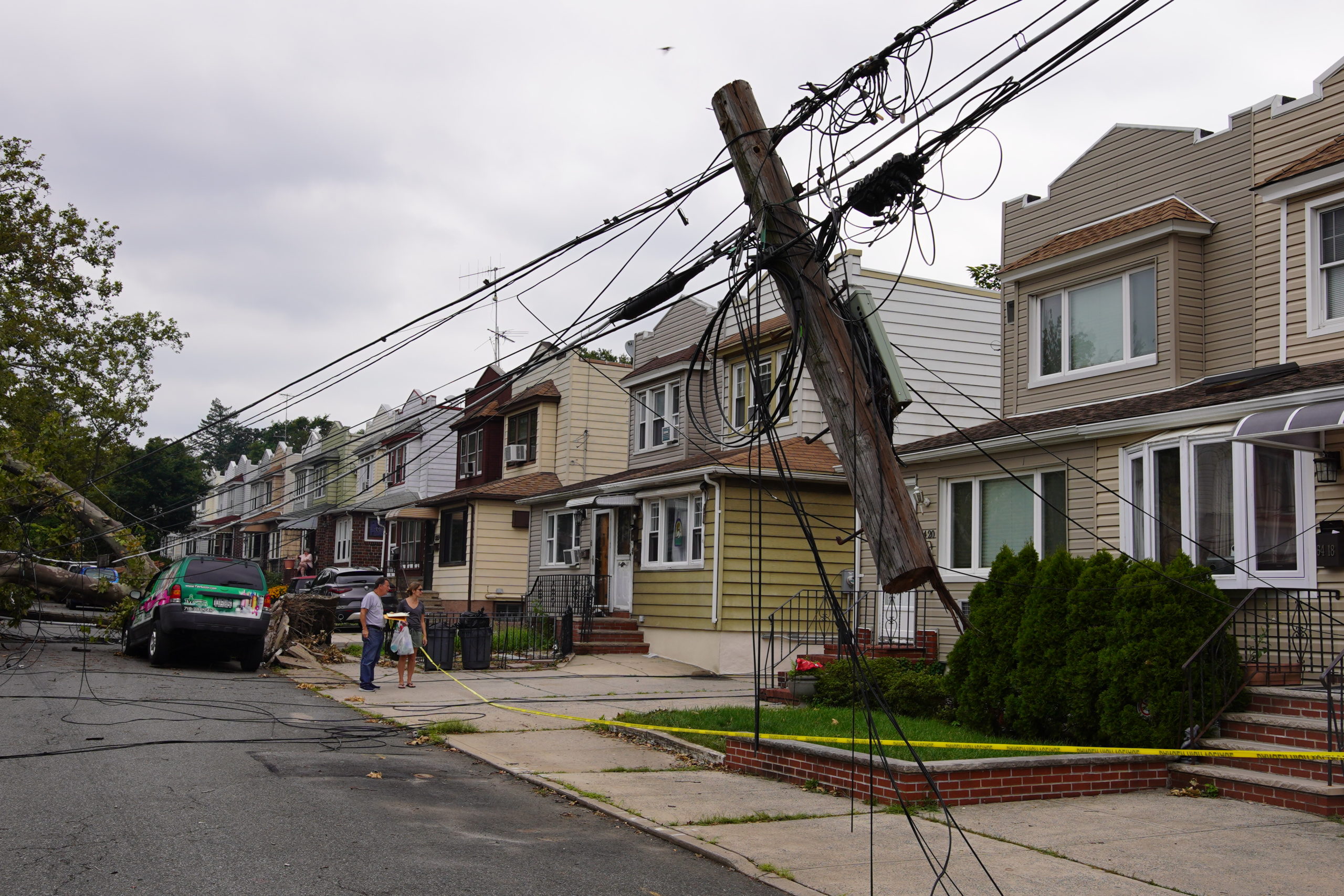
“Poorly maintained street trees easily toppled over in the wind, taking outdated utility poles and overhead power lines with them, leaving our constituents to deal with a loss of power and lack of communication from Con Edison,” he said. “I look forward to questioning all city agencies and utility companies about why there is still no comprehensive plan to upgrade Queens infrastructure and move power lines underground as they are in other parts of the city.”
For Brannan, it was another example of how the city has not taken the lessons learned from Hurricane Sandy to heart, he said.
“It has been 8 years since Hurricane Sandy, and it has been made clear over and over again that the City, and the utility companies the city relies on, are nowhere near prepared for storms – especially in the outer boroughs,” said Brannan, Chair of the Committee on Resiliency and Waterfronts. “The aftermath of Isaias, a relatively mild storm, was a disaster,” he said.
Adams echoed his point saying that the city should be prepared and should expect more storms like Isaias, not fewer.
“Given the fact that hurricanes and tropical storms are predicted to pound our coasts in unprecedented proportion this year, the City Council must immediately facilitate hearings to determine the root causes of such crisis unpreparedness,” she said.
City Council Speaker Corey Johnson did not respond in time to requests for comment for this story.


